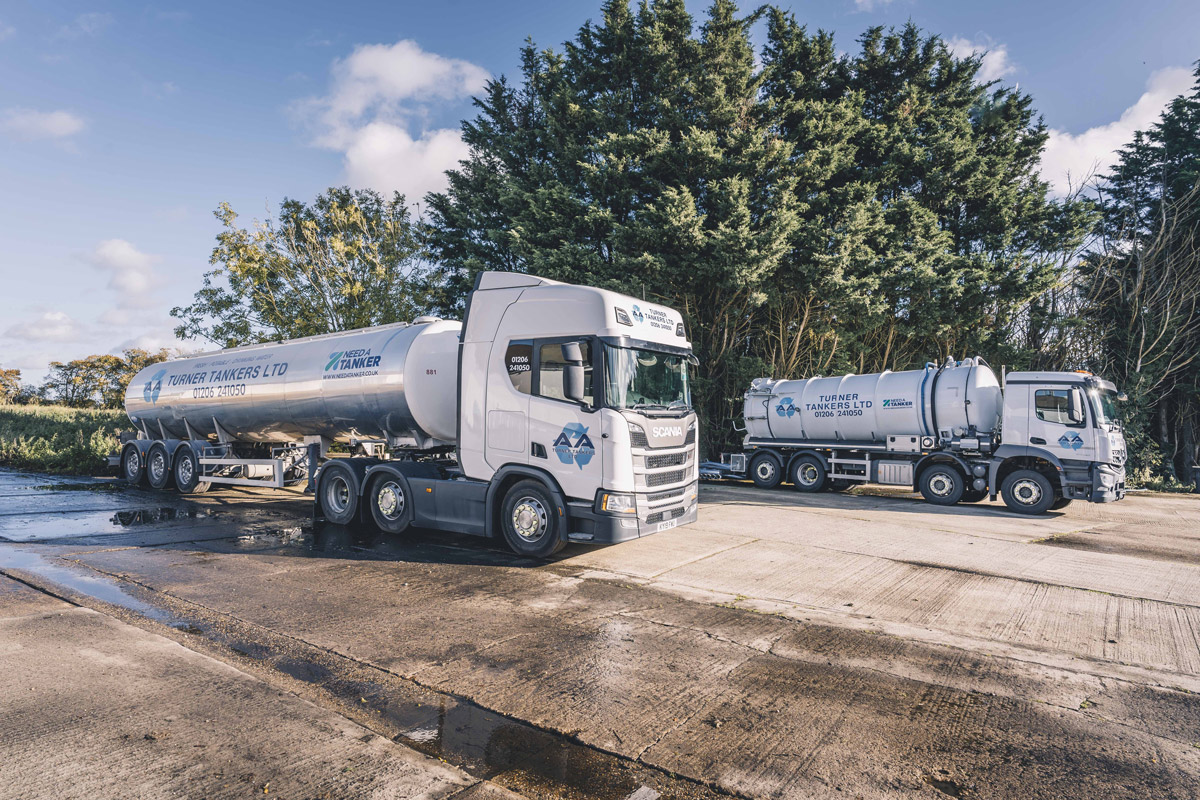Some Known Questions About Reclaim Waste.
Table of Contents6 Easy Facts About Reclaim Waste ShownThe Ultimate Guide To Reclaim WasteTop Guidelines Of Reclaim WasteThings about Reclaim WasteThe smart Trick of Reclaim Waste That Nobody is Discussing
Domestic sewage waste refers to the waste and items from a property septic tank. The correct administration and disposal of residential sewer waste need fluid waste to be moved to a sewer treatment plant where the correct techniques and tools are applied to purify and dispose of waste.
Commercial waste typically includes prospective hazards, such as combustible materials or a combination of fluid and solid waste items, and calls for a more innovative and comprehensive disposal procedure. The disposal of industrial waste typically involves the filtering of waste before transport to guarantee risk-free and proper disposal. Industrial waste is produced from results and drainage of industrial procedures and manufacturing.
This type of waste can not use the exact same sewage administration transport or procedures as septic or commercial fluids. The hazardous waste administration process calls for the evaluation and screening of fluid waste prior to it undertakes the disposal process (liquid waste disposal). Overflow waste is the fluid waste that comes from overflow and excess stormwater in highly inhabited areas or cities
Drainage waste can cause contamination and flooding if not handled appropriately. Making certain appropriate waste management can protect against calamities and minimize environmental injury.
Reclaim Waste - Truths
Call PROS Services today to learn more about our waste administration and disposal solutions and the proper methods to care for the fluid waste you generate.
(http://go.bubbl.us/e67627/7593?/Reclaim-Waste)Do you recognize what takes place to your water when you pull the plug, flush the commode or drain pipes the cleaning maker? No? Well, it deserves understanding. This supposed 'wastewater' is not just an essential resource yet, after treatment, will certainly be released to our land, rivers or the sea. Utilized water from toilets, showers, bathrooms, kitchen sinks, washings and industrial procedures is known as wastewater.

water utilized to cool down machinery or clean plant and devices). Stormwater, a form of wastewater, is overflow that moves from farming and urban locations such as roofs, parks, gardens, roadways, courses and gutters into stormwater drains pipes, after rainfall. Stormwater moves without click here to read treatment directly to neighborhood creeks or rivers, ultimately getting to the sea.
About Reclaim Waste
In Queensland, the majority of wastewater is dealt with at sewer therapy plants. Wastewater is carried from domestic or industrial sites with a system of drains and pump stations, referred to as sewerage reticulation, to a sewage treatment plant. City governments build, maintain and operate most sewer therapy plants. Operators are accredited under the Environmental Security Act 1994 to discharge cured wastewater at an appropriate ecological requirement into rivers.
The Division of Natural Resources recommends city governments concerning handling, operating and preserving sewerage systems and therapy plants. In unsewered areas, local governments might need householders to mount private or household sewer therapy systems to treat domestic wastewater from commodes, cooking areas, washrooms and laundries. The Department of Natural Resources authorizes making use of home systems when they are proven to be reliable.
The majority of stormwater gets no treatment. In some new subdivisions, therapy of some stormwater to get rid of litter, sand and gravel has actually begun making use of gross contaminant traps. Wastewater therapy occurs in 4 stages: Gets rid of solid issue. Bigger solids, such as plastics and other things incorrectly released to drains, are gotten rid of when wastewater is travelled through displays.
Makes use of small living microorganisms recognizes as micro-organisms to damage down and remove remaining liquified wastes and great fragments. Micro-organisms and wastes are included in the sludge.
Get This Report on Reclaim Waste
Nutrient elimination is not offered in any way sewer treatment plants since it needs expensive specialised equipment. It is becoming a lot more usual in Queensland. Clear fluid effluent produced after treatment may still contain disease-causing micro-organisms. If this effluent is launched into waterways such as rivers or the sea, the micro-organisms will eventually pass away out.

This typically indicates wastewater has to be treated or contaminants removed prior to it can be released to waterways. Many wastewater streams right into the sewerage system. Under the Act, neighborhood governments provide approvals and permits for eco pertinent activities (Periods) including wastewater releases that could have a regional impact. The division administers authorizations and licences to Periods involving wastewater launches that might have a local or statewide effect.
All About Reclaim Waste
Otherwise, examples are considered lab evaluation. Often several tests are required to establish the degrees of each of the various contaminants such as oils, heavy metals and pesticides in water. Monitoring offers accurate information about water high quality and can confirm that permit problems are being fulfilled. The information obtained through monitoring offers the basis for making water quality decisions.